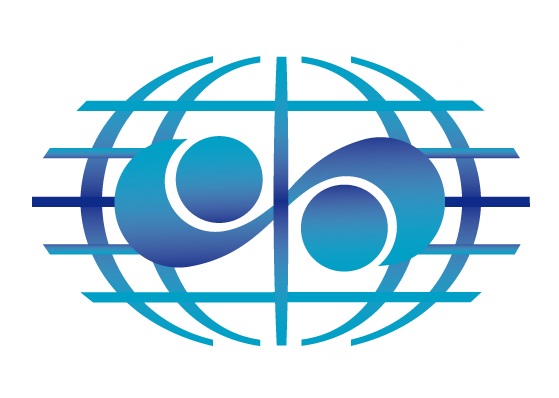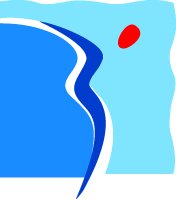Indicators, maps, graphs
With the rise of digital culture and information and communication technologies, datasets have multiplied but are sometimes too complex to be fully understood and shared. Ad hoc methods to visualize and present information should be adopted to make information easy to understand and adapted to its audience.
Data visualization is a visual representation of data, which can take the form of a graph, map, chronology, hierarchy, video, animation, etc. It aims to make figures easy to understand in a creative, understandable and easy way. Combining simple functions and aesthetics, it represents a powerful analysis and communication tool. And it can incorporate interactive capabilities that allow users to explore and "play" with the data.
Thanks to their capacity to enhance the impact of data and make them easier to understand, visualization solutions constitute a critical component in the production of information. As a result, decision-makers and water stakeholders can easily see what it is important to focus on, and adapt their policy-making in accordance.
Dashboards, indicators and maps are the most typical types, comprising advanced analysis and easy-to-understand data visualizations that can help data users to see patterns, trends, or correlations that might go undetected in text- or number-based data.
When providing a water information system with a data visualization tool, good quality is essential to ensure that it is sustainable. Data quality is essential, because if users realize that they cannot trust data to help them make decisions, they may stop using the tool. However, the quality of data visualization should also be taken into account. Presenting the information by using the wrong type of visualization will result in a misleading representation and outcome that may hinder smart decision-making. The most appropriate way to present information should be chosen based on a reflection around (i) the understanding of the data and its composition, (ii) the function of the data and the information that should be conveyed to the audience, (iii) how viewers navigate and interact with the data.
The main types of presentation include:
- Indicators and dashboards: An indicator can be raw or elaborate data. It comprises concise information intended for a particular use (e.g. monitoring of public policies). Indicators can be presented as graphs and can be grouped together in a dashboard.
- Maps are among the most common communication formats in the water sector: produced using GIS, they clearly show the geographical distribution of the various phenomena to be analysed.
- Key figures are also useful for communication. They are produced from dataset processing or document and website content analysis. The goal is to make the figures understandable for as many people as possible.
- Summary documents allow beginners to learn more about a subject and professionals to update their knowledge.
- Newsletters are also very useful to provide regular information on specific topics.
Example of publication on the price of water in France



